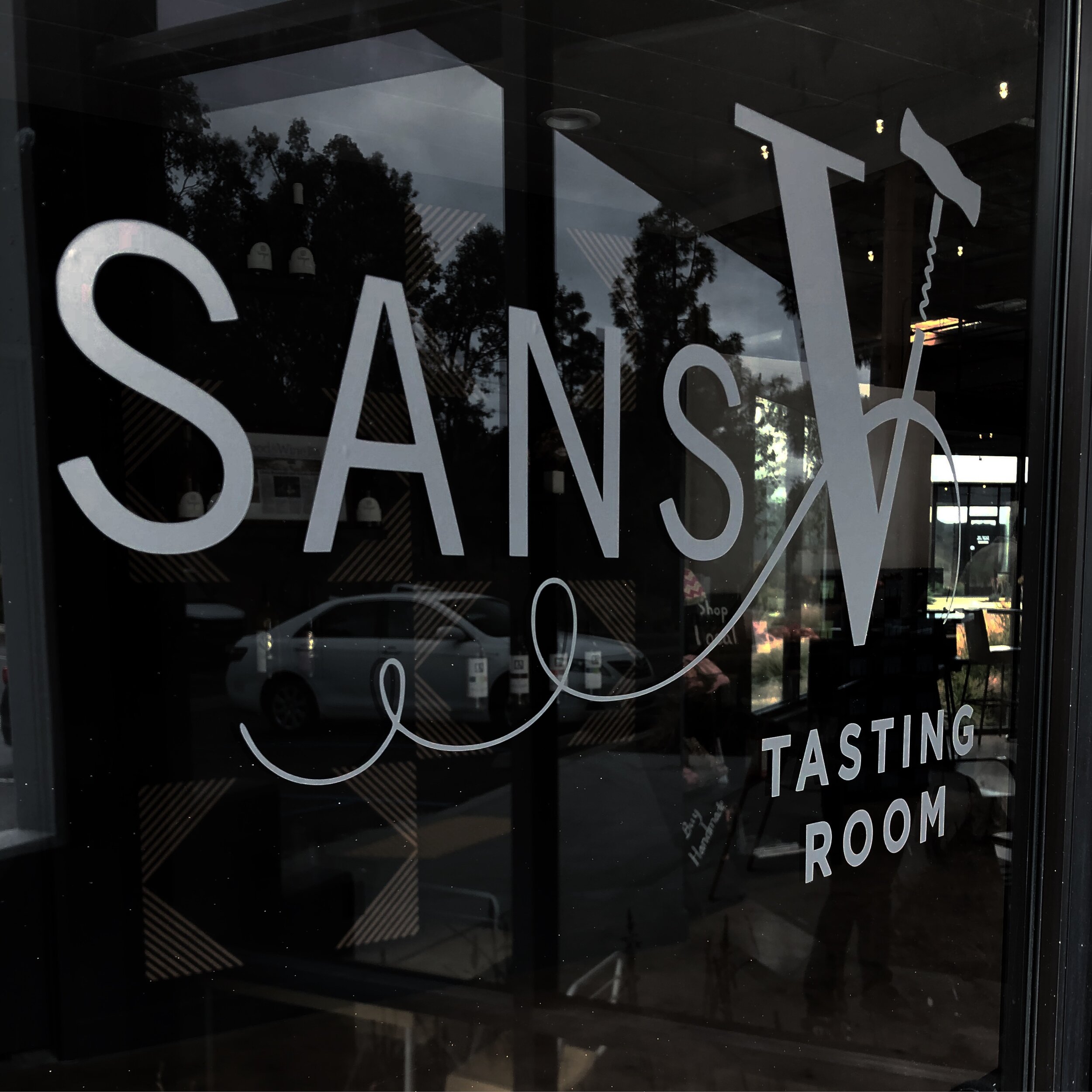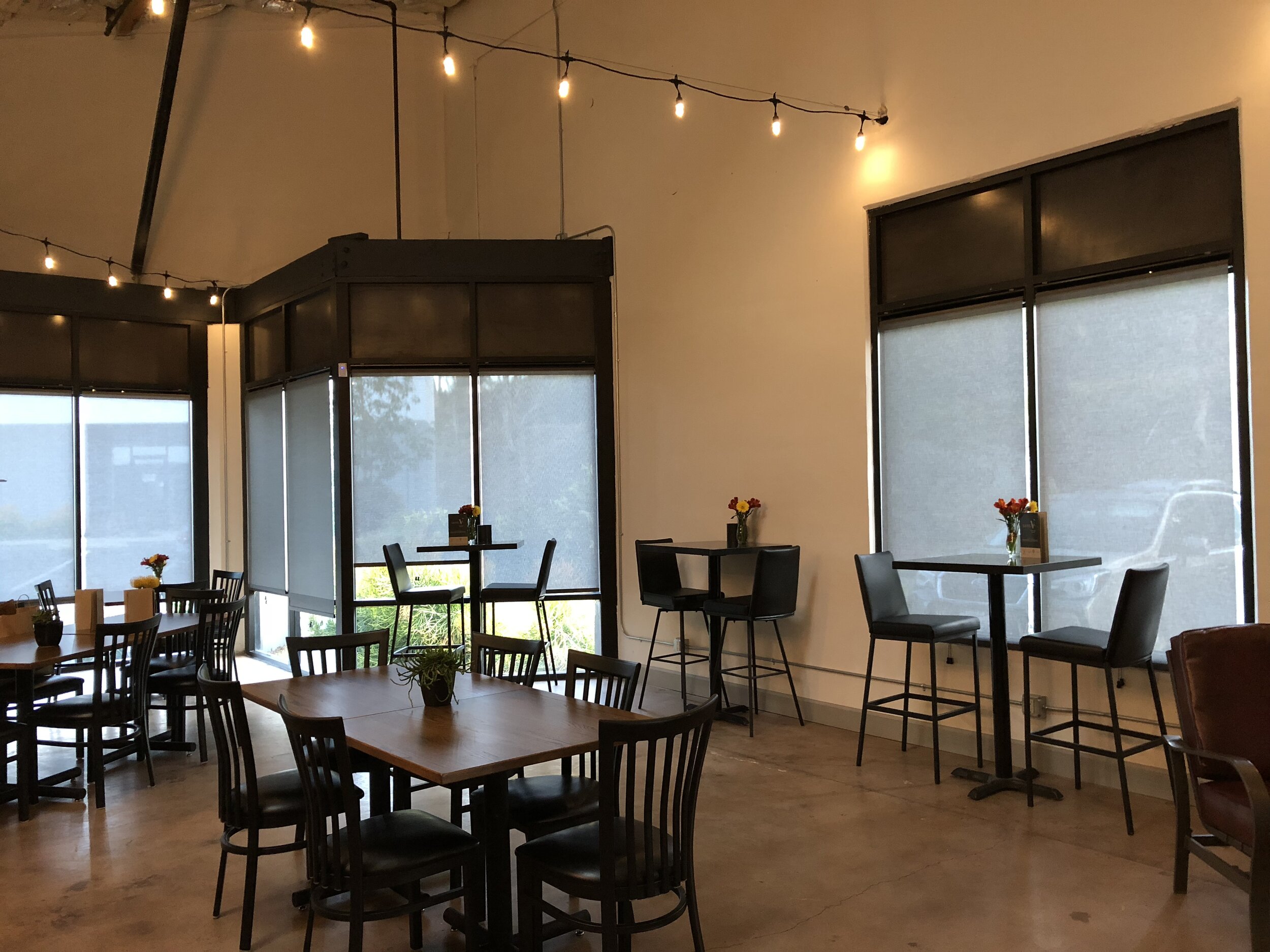Originally published April 2019 at https://www.escondido.org.
Escondido Insight — Business Spotlight
When you pour a glass and taste one of Vesper Vineyards’ wines, Alysha Stehly wants you to taste San Diego.
A fourth-generation farmer, Alysha and her husband Chris Broomell is the duo behind the Escondido business.
Each glass of Vesper's 24 wines has a flavor and story unique to the region
From the Pinot Noir sourced from the loamy sands of the El Nido Vineyard in Rancho Santa Fe to the 2011 Syrah hailing from the slopes of the Orfila Vineyard in San Pasqual Valley, each bottle and each glass of Vesper’s 24 wines has a flavor and story unique to the region.
And after 11 years, the local vintners are reaping the fruits of their labor — recently Vesper was named the “Best Local Winery” by FOX 5 Morning News viewers in the 2019 Winey Awards, the network’s annual viewers-choice awards that recognize the region’s best wines, wineries, and breweries.
Stehly and Broomell have frequently made listings of “winemakers to watch” and Stehly was named one of San Diego’s “People of the Year” by San Diego CityBeat in 2018.
“It’s always an honor to be recognized by our own customers as one of their favorite winemakers,” Stehly said. “We don’t enter winemaking contests just because they are so subjective, but to know that we have the support of our customers is a great thing.”
Stehly and Broomell got their start in winemaking in 2008, shortly after Stehly — a Valley Center native and resident — graduated from UC Davis with a bachelor’s degree in viticulture and enology.
Their first wine? A 2008 Pinot Noir from the El Nido Vineyard.
Since then, they’ve built a loyal following and opened their cellar and winery in Escondido’s Enterprise Heights Industrial Center, as well as the companion Sans V Tasting Room, which features the wines of both Vesper and Stehleon Vineyards, a venture owned by members of her own family, of which she is the winemaker.
Sans V Tasting Room features the wines of both Vesper and Stehleon Vineyards
The tasting room stands out as an oasis in the sea of offices and industrial spaces that surround it.
Visitors are greeted with the fragrant aroma of the latest rosé or pinot being stored in barrels in the tasting room’s companion winery as they walk into the tasting room, with its wine-colored walls and its inviting decor.
The tasting room is welcoming and family friendly, with games and coloring books at the small kids table area, while parents can enjoy the serene atmosphere, complete with flights of wine that can be mixed or match, or maybe a glass of Vesper or Stehleon’s latest and greatest.
The wineries are part of a renaissance of sorts of winemaking in Escondido, which was the historic epicenter of the industry in the pre-Prohibition era. Blessed with ideal soil and the perfect climate, vintners flocked to Escondido and the surrounding valleys in the late 1800s, and the region produced more wine than any area in San Diego County, which was home to nearly 100 wineries before alcohol was banned in the United States in 1919. Grape Day Park and the city’s Grape Day Festival are vestiges of the city’s winemaking roots.
By the 2000s, the industry had all but disappeared from Escondido. Since 2013, however, vintners began to return to the city and the industry appears to be on the rise once more. As of January, there are 18 wineries operating in Escondido proper, up from five in 2013.
For Stehly, winemaking was a way to continue her family’s agricultural tradition. Her brothers run an organic citrus, avocado, berry, and vegetable operation in Valley Center, while her parents comprise two-thirds of Stehleon Vineyard’s team.
“It was something that weaved together farming, and science and art, so I thought, ‘This sounds pretty cool,’” Stehly said. “And I stuck with it.”
Sticking with any agricultural venture can be a challenge in the current environment, as regulatory hurdles, drought, residential and commercial development, and rising costs have driven many farmers out of business.
Atop those factors, Stehly said, the success of San Diego’s winemaking industry has also squeezed their small operation. In 2018, the San Diego County Vintners Association reported seven years of record growth in the number of active winegrower licenses, as well as a 9.4-percent increase in gross sales at local wineries from 2016 to 2017.
More winegrowers and more wineries mean more demand for local grapes, which means that Vesper, which doesn’t have its own vineyard, is competing with more outfits for the finite grape supply, Stehly said.
Vesper sources its grapes from vineyards in Rancho Santa Fe, Pauma Valley, and San Pasqual Valley and Ramona Valley, the region’s two recognized American Viticultural Areas (AVAs).
“The industry has nearly tripled since 2008, which is great, but it’s also very challenging,” she said. “It’s great because we have more customers, but a challenge because they’ve got five favorite wineries instead of one.”
Stehly said that the couple remains competitive by trying to stay ahead of the curve with new wines that will win over the taste buds of loyal and new customers alike.
They do that by producing natural, or “low-intervention” wines: these are wines without added yeast and minimal sulfites so that the grape is the champion.
“We try to stick to the principles of featuring the vineyard, so we’re not buying grapes from other regions, or using yeast to make the wine spicier or more fruity” Stehly said. “We’re making them true to the region and the climate, and we have customers that appreciate that.”
In addition to the business, Stehly is teaching (hopefully, she says) the next generation of vintners, teaching viticulture and enology at MiraCosta College in Oceanside since 2010. In her capacity as a professor, she says she is able to help foster the same passion for winemaking in her students, in hopes that they will spread it across the region in their future endeavors.
“I love seeing others learn and discover the beauty of vineyards and winemaking,” Stehly said. “Helping them start off with their new business venture or hobby with a good base of knowledge.”
She also hopes that one day — if he so chooses — she and Broomell will be able to leave a legacy that their son, 20-month-old Cole, will be able to follow.
The couple remains active with the San Diego County Farm Bureau, recently going to Washington D.C. to lobby on behalf of local farmers and growers.
Hopefully, she said, those efforts will keep farming going long enough for Cole.
“We hope we’re creating a future for our son,” Stehly said. “Our goal is that he has the option if he wants to be involved with agriculture in California, he can. There are some days where we feel like it’s not going to be an option, but that is why we continue to stand up for what we love to do.”



